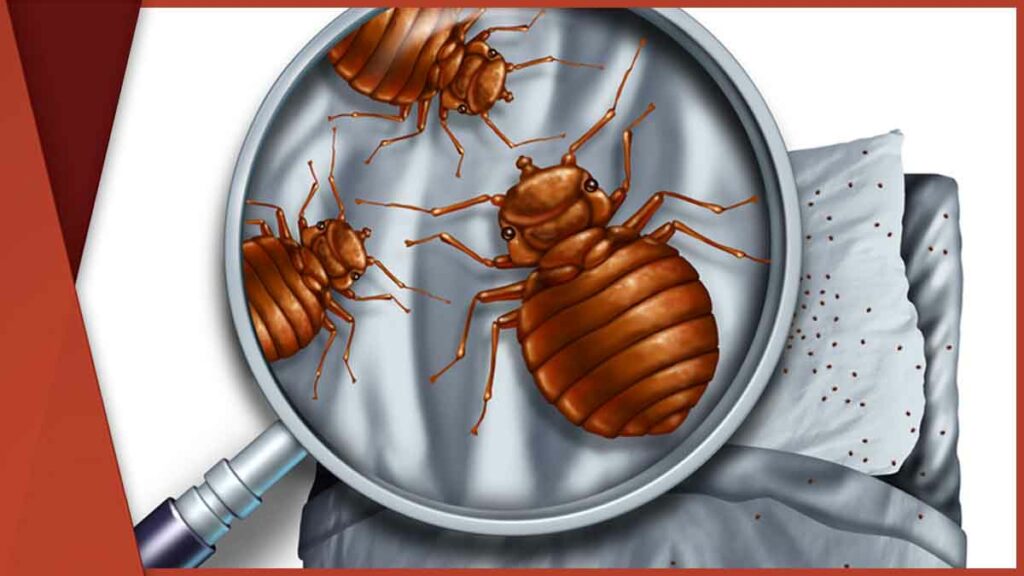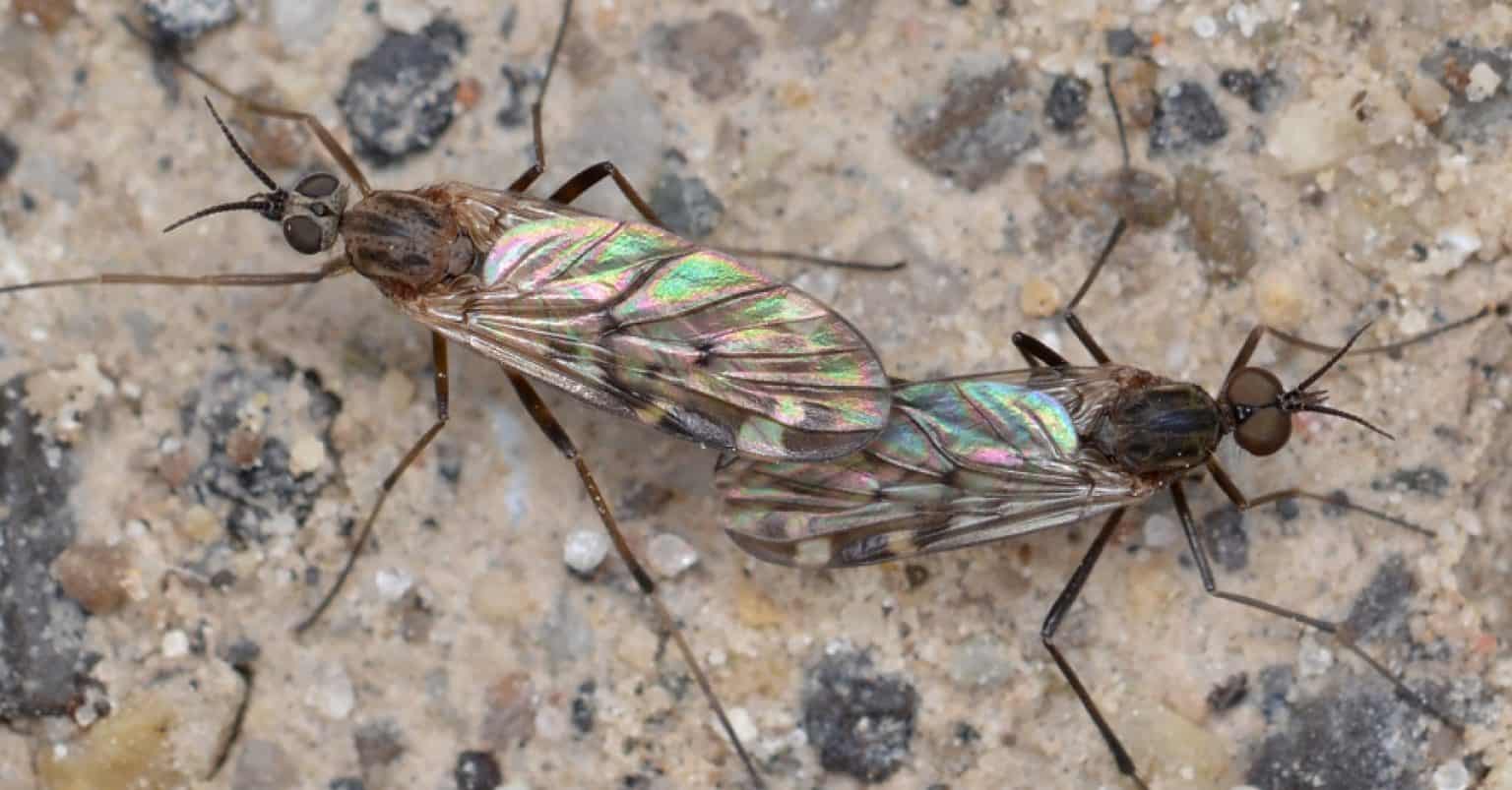What Are These Tiny Flying Bugs?
Tiny flying bugs that resemble fleas are a common nuisance in many homes. These small, winged insects can be a concern for homeowners, especially when they are mistaken for fleas. Fleas are a type of insect that feeds on the blood of mammals and birds, and they are known for their distinctive jumping ability. However, not all tiny flying bugs are fleas. In fact, there are many different types of flying bugs that can be mistaken for fleas, including fruit flies, gnats, and midges.
These tiny flying bugs can be found in a variety of locations, including homes, gardens, and parks. They are often attracted to sweet or fermented substances, and can be found near fruit, soda, or other sugary drinks. Some species of flying bugs can also be found near standing water or in areas with high humidity.
Despite their small size, these flying bugs can be a significant nuisance. They can fly quickly and erratically, making them difficult to swat or catch. They can also bite or sting, causing discomfort and pain. In some cases, these flying bugs can also transmit diseases or trigger allergic reactions.
It’s essential to accurately identify these tiny flying bugs to determine the best course of action for managing them. Fleas, for example, require a different treatment approach than fruit flies or gnats. By understanding the characteristics and habits of these flying bugs, homeowners can take steps to prevent infestations and eliminate them when they occur.
In the following sections, we’ll explore the different types of flying bugs that resemble fleas, how to distinguish between them, and strategies for managing and preventing infestations. Whether you’re dealing with a small problem or a large-scale infestation, this guide will provide you with the information you need to take control of these tiny flying bugs.
How to Distinguish Between Fleas and Flying Bugs
Distinguishing between fleas and flying bugs is crucial for effective management of infestations. While both fleas and flying bugs can be a nuisance, they have distinct characteristics that set them apart. Fleas are typically smaller than flying bugs, with a flat, oval-shaped body and a distinctive jumping ability. Flying bugs, on the other hand, have a more elongated body and wings that allow them to fly.
Another key difference between fleas and flying bugs is their behavior. Fleas are typically found on pets or in areas where pets frequent, and they feed on the blood of mammals and birds. Flying bugs, by contrast, are often found near food or sweet substances and can be attracted to light sources. They may also be found near standing water or in areas with high humidity.
In terms of habitat, fleas are typically found in warm, humid environments with access to a food source. Flying bugs, on the other hand, can be found in a variety of environments, including homes, gardens, and parks. They may be attracted to certain types of plants or substances, and can be found near areas with high moisture or humidity.
Accurate identification of fleas and flying bugs is essential for effective management of infestations. If you’re unsure whether you’re dealing with fleas or flying bugs, look for the following characteristics:
- Body shape and size: Fleas are typically smaller and more flat than flying bugs.
- Wings: Flying bugs have wings, while fleas do not.
- Behavior: Fleas are typically found on pets or in areas where pets frequent, while flying bugs are often found near food or sweet substances.
- Habitat: Fleas are typically found in warm, humid environments with access to a food source, while flying bugs can be found in a variety of environments.
By understanding the differences between fleas and flying bugs, you can take the first step towards effectively managing infestations and preventing future problems.
Common Types of Flying Bugs That Look Like Fleas
There are several types of flying bugs that are often mistaken for fleas, including fruit flies, gnats, and midges. These tiny flying bugs can be a nuisance and a concern for homeowners, especially when they are found in large numbers.
Fruit flies are one of the most common types of flying bugs that resemble fleas. They are typically yellow or brown in color and have distinctive red eyes. Fruit flies are attracted to sweet or fermented substances and can be found near fruit, soda, or other sugary drinks.
Gnats are another type of flying bug that can be mistaken for fleas. They are typically smaller than fruit flies and have a more delicate appearance. Gnats are often found near plants or in areas with high humidity and can be attracted to light sources.
Midges are also commonly mistaken for fleas. They are typically small and have a distinctive wing pattern. Midges are often found near standing water or in areas with high humidity and can be attracted to light sources.
Other types of flying bugs that may be mistaken for fleas include:
- Thrips: These tiny flying bugs are typically yellow or white in color and have a distinctive fringed wing.
- Whiteflies: These flying bugs are typically white or yellow in color and have a distinctive wing pattern.
- Aphids: These small flying bugs are typically green or yellow in color and have a distinctive pear-shaped body.
It’s essential to accurately identify the type of flying bug you’re dealing with in order to effectively manage infestations. By understanding the characteristics and habits of these flying bugs, you can take the first step towards preventing future problems.
In the next section, we’ll explore the reasons why flying bugs may be attracted to your home and how to identify and address these attractants in order to prevent infestations.
Why Are These Flying Bugs Attracted to My Home?
Flying bugs that look like fleas are often attracted to homes due to the presence of food, moisture, and warmth. These tiny flying bugs are drawn to sweet or fermented substances, such as fruit, soda, or wine, and can be found near areas where these substances are present.
Moisture is another attractant for flying bugs. They thrive in humid environments and can be found near standing water, sinks, or areas with poor ventilation. Warmth is also a factor, as flying bugs are more active in temperatures between 64°F and 90°F (18°C and 32°C).
Other attractants for flying bugs include:
- Decaying organic matter: Flying bugs are attracted to decaying fruit, vegetables, or other organic matter.
- Pet food and waste: Flying bugs can be attracted to pet food and waste, especially if it is not properly stored or disposed of.
- Dirty drains: Clogged or dirty drains can provide a habitat for flying bugs, especially if they are not regularly cleaned and maintained.
- Overwatered plants: Flying bugs can be attracted to overwatered plants, especially if they are not properly drained or ventilated.
To prevent infestations of flying bugs, it’s essential to identify and address these attractants. This can include:
- Regularly cleaning and sanitizing surfaces and floors
- Eliminating standing water and moisture
- Storing food and waste properly
- Using window screens and door screens to prevent entry
- Sealing cracks and crevices around windows and doors
By understanding why flying bugs are attracted to your home, you can take steps to prevent infestations and reduce the risk of future problems.
In the next section, we’ll explore how to get rid of flying bugs that look like fleas, including non-chemical methods and chemical controls.
How to Get Rid of Flying Bugs That Look Like Fleas
Getting rid of flying bugs that look like fleas requires a combination of non-chemical and chemical methods. Here are some effective ways to eliminate these pests:
Non-Chemical Methods:
- Traps: Use sticky traps or UV light traps to capture flying bugs. Place traps near areas where flying bugs are present.
- Screens: Install window screens and door screens to prevent flying bugs from entering your home.
- Essential Oils: Certain essential oils, such as peppermint, lemongrass, and citronella, can repel flying bugs. Mix a few drops of essential oil with water and spray it around the area.
- Vacuum: Use a vacuum cleaner to suck up flying bugs and their eggs. Dispose of the vacuum bag or empty the canister after each use.
Chemical Methods:
- Insecticides: Use insecticides that are specifically labeled for flying bugs. Spray or aerosol insecticides can be effective, but be sure to follow the instructions and take necessary precautions.
- Foggers: Foggers can be used to eliminate flying bugs in large areas. However, they can also leave a residue and may not be effective for long-term control.
Integrated Pest Management (IPM) Strategies:
IPM is a holistic approach to managing pests. It involves identifying the root cause of the problem, using a combination of methods to control the pest population, and monitoring the situation to prevent future infestations.
Some IPM strategies for flying bugs include:
- Identifying and addressing attractants, such as food and moisture
- Using physical barriers, such as screens and traps
- Applying insecticides only when necessary and using the least toxic option
- Monitoring the situation and adjusting the control methods as needed
By using a combination of non-chemical and chemical methods, and incorporating IPM strategies, you can effectively get rid of flying bugs that look like fleas and prevent future infestations.
In the next section, we’ll discuss how to prevent future infestations of flying bugs.
Preventing Future Infestations of Flying Bugs
Preventing future infestations of flying bugs that look like fleas requires ongoing monitoring and maintenance. Here are some tips to help you prevent future infestations:
Regular Cleaning and Sanitation:
- Regularly clean and sanitize surfaces, floors, and countertops to remove any food or moisture that may attract flying bugs.
- Use a vacuum cleaner with a HEPA filter to trap flying bugs and their eggs.
- Dispose of any decaying or rotting materials, such as fruit or vegetables, that may attract flying bugs.
Eliminating Standing Water:
- Check your home for any areas where water may be standing, such as sinks, toilets, or flower vases.
- Fix any leaks or water damage to prevent moisture from accumulating.
- Use a dehumidifier to reduce the humidity levels in your home.
Using Window Screens:
- Install window screens to prevent flying bugs from entering your home.
- Check your window screens regularly to ensure they are in good condition and free of holes or tears.
- Repair or replace any damaged window screens to prevent flying bugs from entering your home.
Ongoing Monitoring and Maintenance:
- Regularly inspect your home for any signs of flying bugs, such as eggs, larvae, or adult bugs.
- Use sticky traps or UV light traps to capture flying bugs and monitor their activity.
- Keep your home clean and tidy, and avoid leaving food or trash out in the open.
By following these tips, you can help prevent future infestations of flying bugs that look like fleas and keep your home clean and pest-free.
In the next section, we’ll discuss when to call a pest control professional to manage an infestation of flying bugs.
When to Call a Pest Control Professional
While DIY methods can be effective in managing small infestations of flying bugs that look like fleas, there may be situations where it’s necessary to call a pest control professional. Here are some circumstances under which you may need to seek professional help:
Large-Scale Infestations:
- If you have a large-scale infestation of flying bugs that look like fleas, it may be difficult to manage on your own.
- A pest control professional can provide effective solutions to eliminate the infestation and prevent future occurrences.
Situations Where DIY Methods Are Ineffective:
- If you’ve tried DIY methods and they haven’t been effective in managing the infestation, it may be time to call a pest control professional.
- A professional can assess the situation and provide a customized solution to eliminate the infestation.
Complex Infestations:
- If you have a complex infestation involving multiple types of flying bugs, it may be necessary to call a pest control professional.
- A professional can provide a comprehensive solution to manage the infestation and prevent future occurrences.
Health Concerns:
- If you or a family member has a health concern related to the infestation, such as allergies or asthma, it’s best to call a pest control professional.
- A professional can provide a safe and effective solution to eliminate the infestation and prevent future occurrences.
By knowing when to call a pest control professional, you can ensure that your home is protected from flying bugs that look like fleas and other pests.
In the next section, we’ll summarize the key points of the article and provide a conclusion.
Conclusion: Managing Flying Bugs That Look Like Fleas
Managing flying bugs that look like fleas requires a comprehensive approach that includes accurate identification, effective management strategies, and ongoing prevention and maintenance. By understanding the different types of flying bugs that resemble fleas, their characteristics, habits, and habitats, you can take the first step towards effectively managing infestations.
Accurate identification is crucial in order to develop an effective management plan. By distinguishing between fleas and flying bugs, you can determine the best course of action to take. Whether you’re dealing with a small-scale infestation or a large-scale problem, it’s essential to use a combination of non-chemical and chemical methods to eliminate the infestation.
Preventing future infestations of flying bugs that look like fleas requires ongoing monitoring and maintenance. By regularly cleaning and sanitizing surfaces, eliminating standing water, and using window screens, you can reduce the risk of future infestations.
While DIY methods can be effective in managing small infestations, there may be situations where it’s necessary to call a pest control professional. By knowing when to call a professional, you can ensure that your home is protected from flying bugs that look like fleas and other pests.
In conclusion, managing flying bugs that look like fleas requires a comprehensive approach that includes accurate identification, effective management strategies, and ongoing prevention and maintenance. By following the tips and advice outlined in this article, you can effectively manage infestations and prevent future problems.


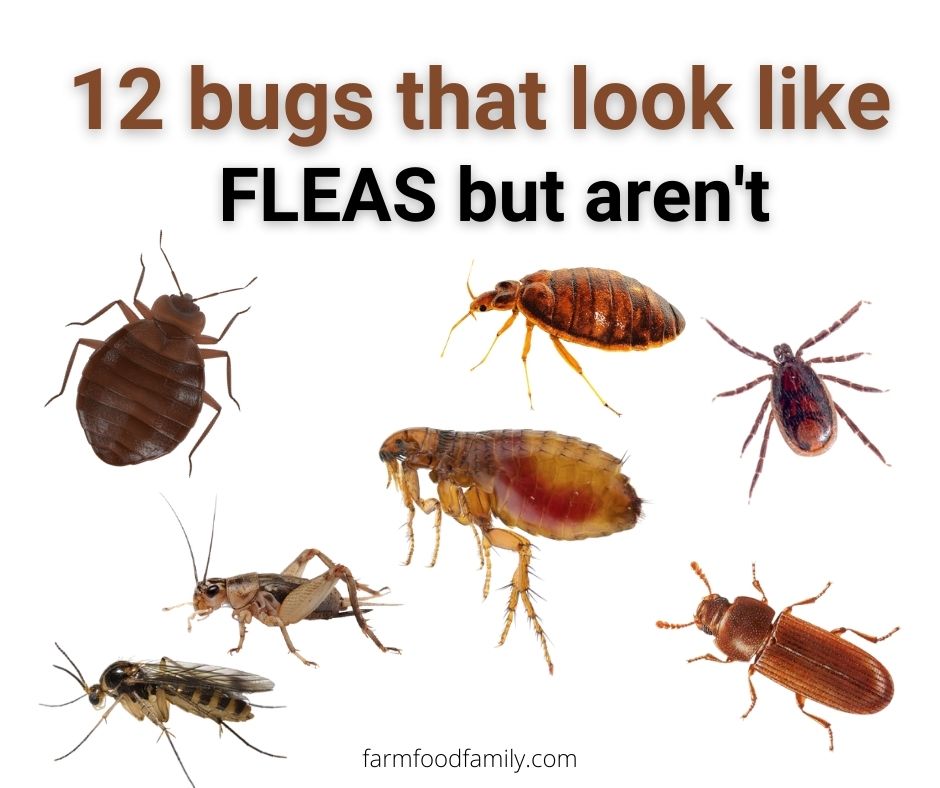
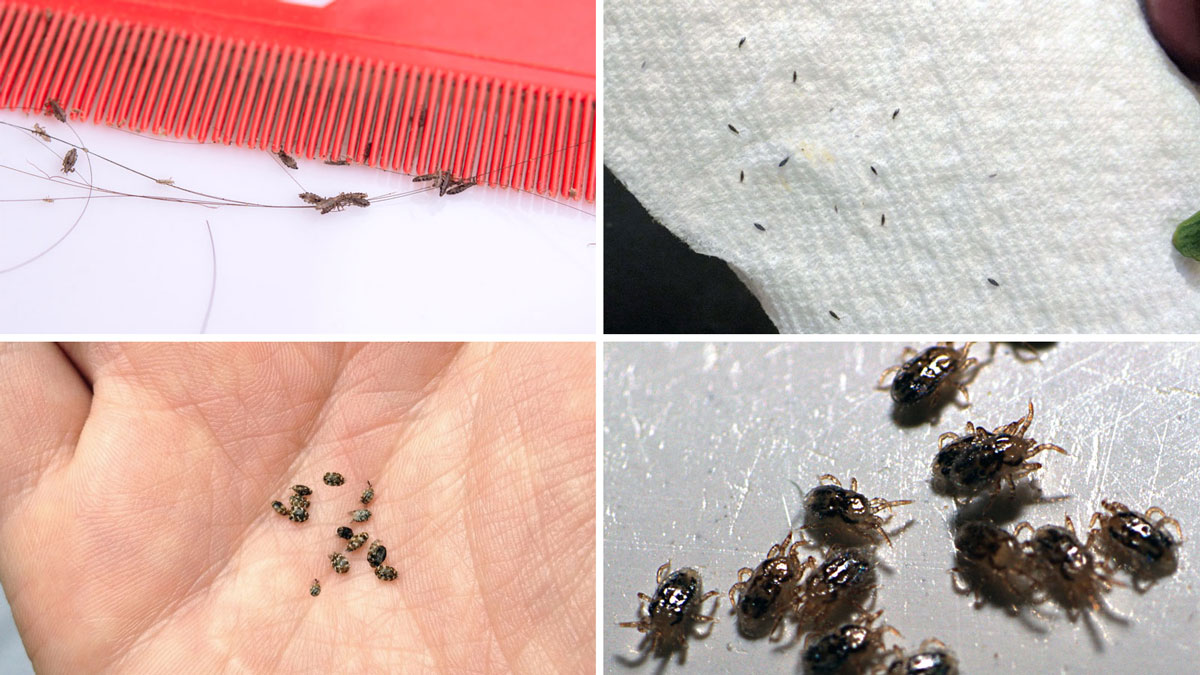
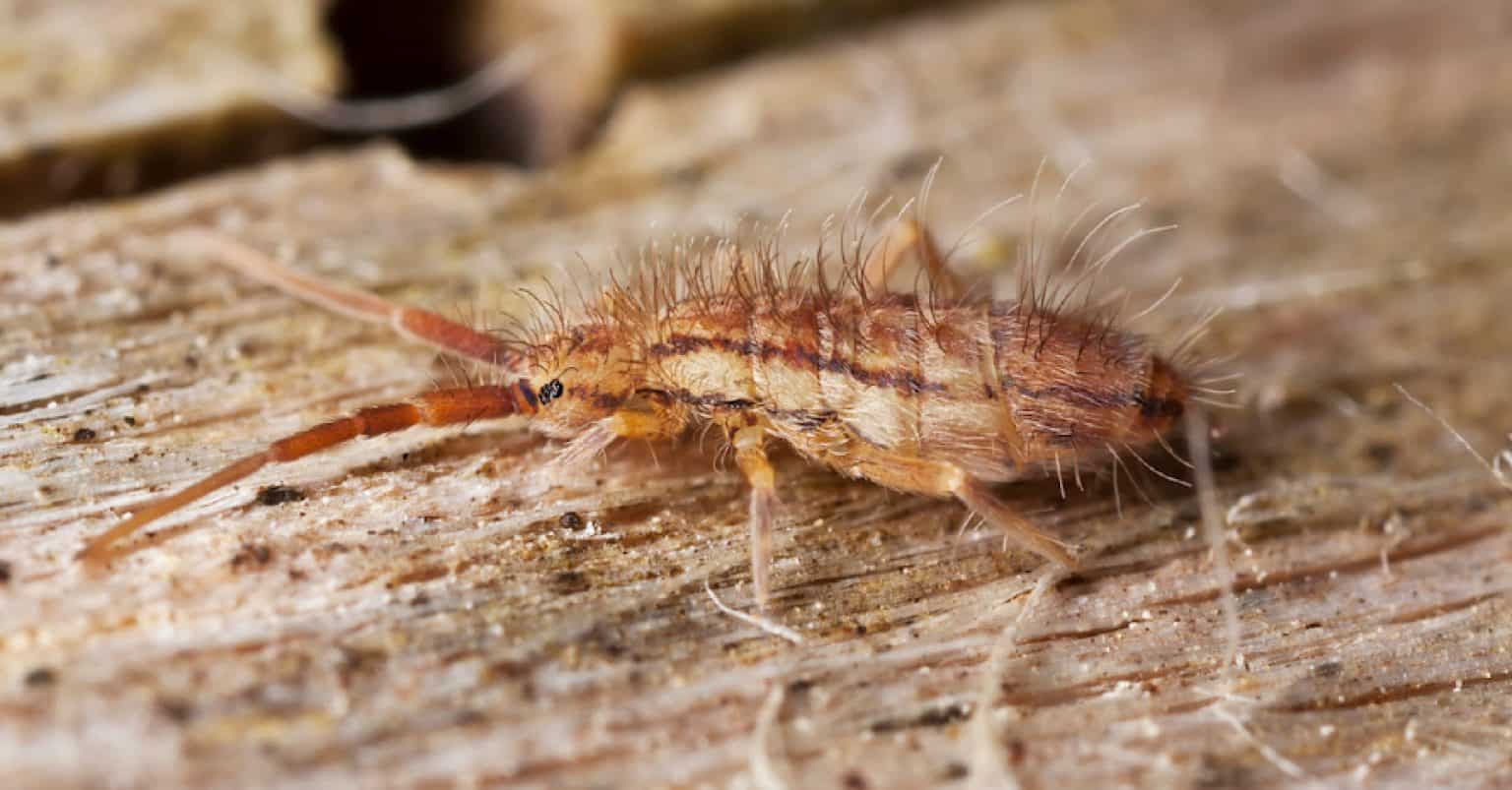
:max_bytes(150000):strip_icc()/natural-ways-get-rid-insects-your-home-4864214-v2-2041dbe12ebf4e6c849ad4342c07ae61.jpg)
